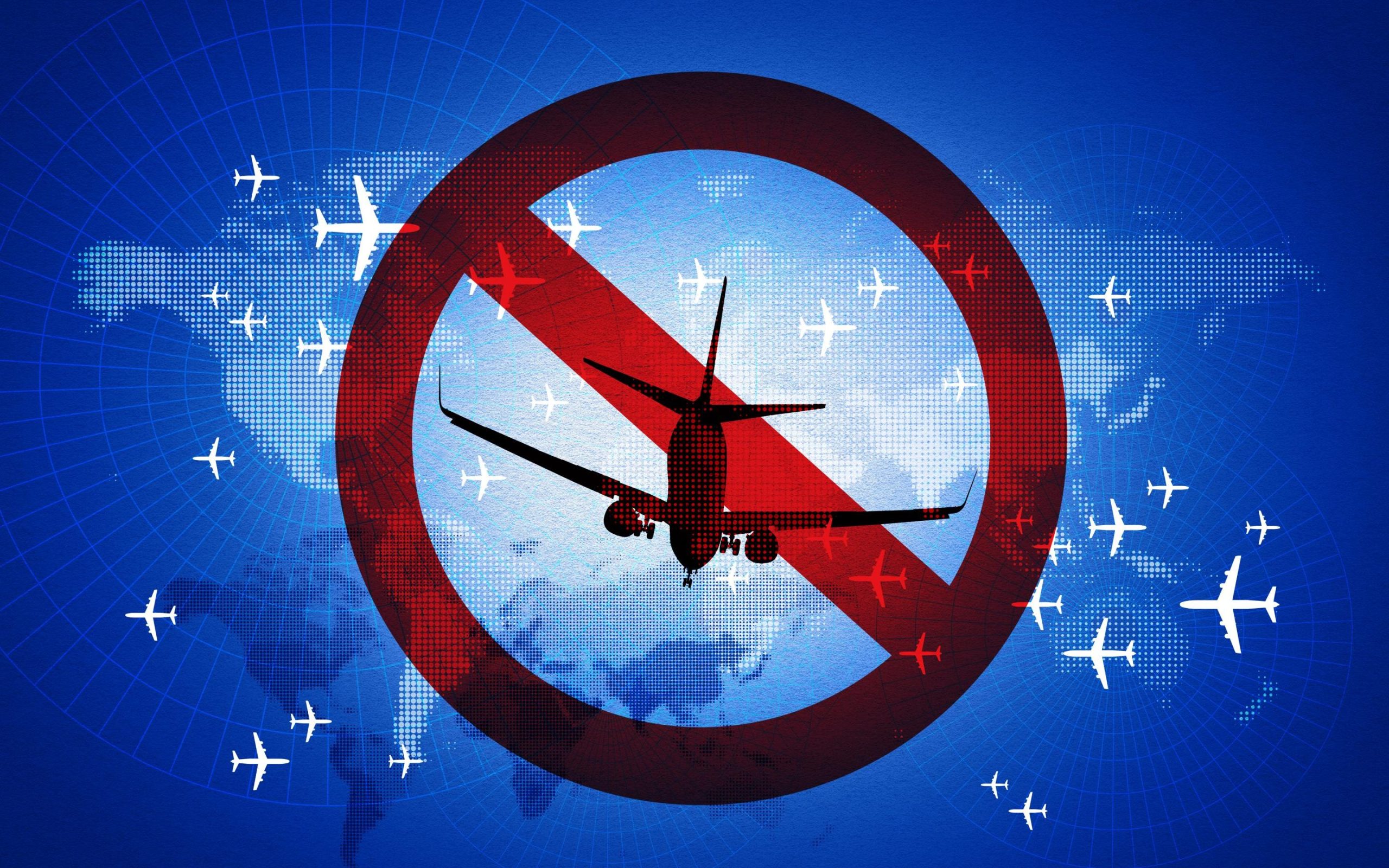Navigating the complexities of international travel can be daunting, especially with frequent policy changes and updates. The U.S. travel ban, a significant policy affecting global travelers, has undergone various modifications over the years, impacting millions worldwide. Understanding these updates is crucial for travelers, businesses, and policymakers alike. This article aims to provide a thorough overview of the latest U.S. travel ban updates, shedding light on the implications and essential considerations for those planning to travel to or from the United States.
Historical Context of the U.S. Travel Ban
The U.S. travel ban has its roots in national security concerns, initially introduced as a means to protect the country from potential threats. The first significant travel ban was enacted in January 2017, targeting predominantly Muslim-majority countries. This move sparked widespread debate and legal challenges, leading to revisions and clarifications in subsequent months.
Over the years, the travel ban has seen numerous updates, expanding the list of affected countries and adjusting the criteria for exemptions and waivers. The changes have often been a response to evolving geopolitical dynamics and intelligence assessments. Understanding the historical context helps to comprehend the rationale behind the current policies and their potential future directions.
The impact of these bans has been profound, affecting not only the targeted countries but also the broader international community. Travel restrictions have implications for global mobility, international business, and diplomatic relations. By examining the historical context, one can better appreciate the complexities and controversies surrounding the U.S. travel ban.
Key Updates and Changes in 2024
In 2024, significant updates to the U.S. travel ban have been implemented, reflecting ongoing concerns about global health and security. One of the major changes includes the introduction of new criteria for entry, focusing on enhanced security screenings and health protocols. These measures aim to mitigate risks associated with both terrorism and pandemics.
Another critical update involves the expansion of the list of countries subject to travel restrictions. This expansion is based on new intelligence reports and geopolitical considerations. The affected countries now include those with emerging security threats or inadequate health infrastructure to manage potential outbreaks.
Additionally, the latest updates have introduced streamlined processes for waivers and exemptions. These changes aim to reduce the bureaucratic burden on travelers while maintaining stringent security measures. The balance between security and accessibility remains a focal point in the ongoing evolution of the U.S. travel ban policies.
Impact on International Travelers
The travel ban has had a significant impact on international travelers, particularly those from the affected countries. For many, the restrictions have led to disruptions in travel plans, whether for business, education, or family reunification. The uncertainty surrounding the application of these bans has further exacerbated the challenges faced by travelers.
Business travelers, in particular, have encountered difficulties, as the bans affect their ability to engage in international trade and attend crucial meetings and conferences. The restrictions have led to economic implications, with potential losses in trade and investment opportunities. Companies operating in affected regions must navigate these complexities to maintain their international operations.
Students and academic professionals are also among those heavily impacted by the travel ban. Many have faced obstacles in securing visas or traveling to the United States for their studies or research. The educational exchanges, which foster international collaboration and innovation, have been disrupted, highlighting the far-reaching consequences of these travel restrictions.
Legal and Political Responses
The U.S. travel ban has prompted various legal challenges and political responses, both domestically and internationally. Numerous lawsuits have been filed against the ban, arguing that it violates constitutional rights and international norms. These legal battles have resulted in several revisions and clarifications of the policy, reflecting the ongoing contention surrounding its implementation.
Politically, the travel ban has been a divisive issue, with proponents arguing that it is necessary for national security and opponents contending that it discriminates based on nationality and religion. The debate has influenced domestic politics, contributing to broader discussions about immigration and national security policies. The travel ban remains a point of contention in political discourse, influencing electoral campaigns and legislative agendas.
Internationally, the travel ban has strained diplomatic relations between the United States and the affected countries. Diplomatic protests and negotiations have been part of the response, as countries seek to mitigate the impact on their citizens. The travel ban has also affected global perceptions of the U.S., shaping its image in the international community and influencing foreign policy dynamics.
Navigating the Travel Ban: Practical Advice for Travelers
For those planning to travel to the United States, understanding how to navigate the travel ban is essential. Travelers should first stay informed about the latest updates and changes to the travel ban, as policies can evolve rapidly. Consulting official government websites and reliable news sources is crucial for obtaining accurate information.
Applying for waivers or exemptions is another critical aspect for affected travelers. Understanding the criteria and required documentation can increase the chances of securing permission to travel. Legal assistance may be beneficial in navigating the complex application process and ensuring compliance with all requirements.
Additionally, travelers should prepare for enhanced security screenings and health protocols at U.S. entry points. Being aware of these procedures and having the necessary health documentation can facilitate a smoother entry process. Travelers should also have contingency plans in place, considering the potential for sudden policy changes or travel disruptions.
Future Outlook and Recommendations
The future of the U.S. travel ban is likely to be shaped by ongoing global security and health challenges. As new threats emerge, the travel ban policies may continue to evolve, incorporating additional measures to address these risks. Continuous monitoring of geopolitical developments and health trends will be essential in predicting future updates.
For policymakers, balancing security concerns with the need for international mobility remains a critical challenge. Developing more nuanced and targeted policies could help mitigate the broad impacts of travel bans, focusing on specific threats without disproportionately affecting innocent travelers. Enhanced international cooperation and information sharing could also contribute to more effective and less disruptive travel restrictions.
For travelers and businesses, staying adaptable and informed will be key in navigating future changes. Building robust contingency plans and maintaining flexibility in travel arrangements can help mitigate the impact of sudden policy shifts. Engaging with policymakers and contributing to public discourse on travel bans can also play a role in shaping more balanced and fair travel policies in the future.
Conclusion
Understanding the U.S. travel ban and its updates is crucial for anyone involved in international travel, from individual travelers to global businesses and policymakers. The complexities and frequent changes in these policies require continuous attention and adaptation. By staying informed and proactive, travelers can better navigate the challenges posed by the travel ban, while policymakers can work towards more balanced and effective solutions. The future of the U.S. travel ban will undoubtedly continue to evolve, and being prepared for these changes is essential for minimizing disruptions and ensuring safe and secure travel.




